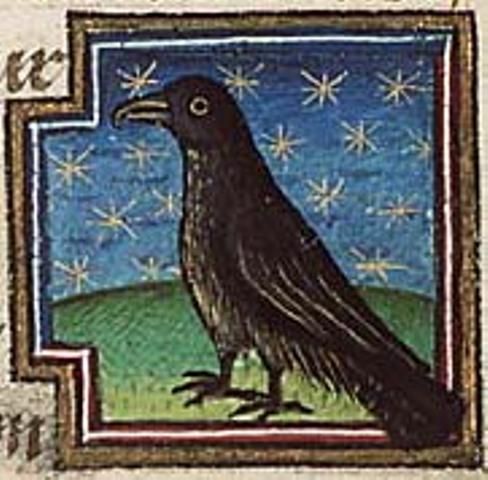















Temhair Brega
IRISH: "pleasant hill"?
Anglicized as "Tara"
The hill of kings in Ireland. The residence of the high king, inaugurated by the Milesians. According to the Book of Invasions, it was the druid Morfessa who brought the Lia Fail to Temhair at the time of the invasion of the Tuatha De Danann. Other texts say it was brought by an old man named Ollam Folla at the time of the Milesian invasion. It was restored to its former glory by King Cormac mac Airt, who as an orphan stepped upon the Lia Fail and caused to to cry out his right to kingship.
Some hold that it was Tea-mur, home of Queen Tea, wife of the Eremon, one of the first Milesian kings of Ireland. Other sources give that there were two sisters, Tea and Tephi, and that the hill was named for these sisters, who are buried there. This is a type of land-goddess myth, common to Irish mythology.
In later texts, it was believed that Tea and Tephi were the daughters of King Zedekiah, sent to Ireland by Jeremiah the prophet (grandfather of Zedekiah?) in the year 583 BC, who gave them the stone upon which Jacob used as a pillow and saw the stairway to heaven. This is meant to explain the Liath Fail or Lia Fail, the Stone of Destiny upon which the true king of Ireland was to step; the stone would cry out if he was the true king. (It was not uncommon for both Irish and Welsh texts to try and force a connection between their histories and those of the Bible.)
Some people--like the British-Israelites1--hold that the hill was named "Torah," which was corrupted to "Tara":
"But the modern school of Anglo-Israel attach other ideas to that ancient seat of sanctity. Heber of the bards is to them Hebrew. Tara is named from Torah. Jeremiah fled thither after the siege of Jerusalem, carrying away the treasures of the temple; as, the ark, the sceptre of David, the Urim and Thummim, and others. Some persons at this day affect to believe that in the Hill of Tara might yet be found these memorials of Judaism, and hope to recover thence David's harp, carried to Ireland by Jeremiah and the Princess Scota, daughter of Pharaoh."2
They identify Ollam Folla with Jeremiah, using faulty etymology to derive a Gaelic name from Hebrew. The wonders of creativity.
NOTES
My website has all four metrical dindsenchas for Temhair
1. The British-Israelites, for those who don't know, are a rather odd group of people--still around--who believe that the British, Irish, and Saxons are the Lost Tribes of Israel. Utter shit, of course. There is a spurious "Book of Tephi" for purchase at http://jahtruth.co.uk/tephi.htm. I haven't exactly laid out any money for this.
2. Frankly, I'm having trouble finding an original source material for their dating and reasoning--which only makes it that much more ridiculous. It does say in Jeremiah 43.5-7 that Jeremiah and (possibly) the family of the king escaped to Egypt; it also says in the Book of Invasions that the Milesians originated in Egypt. However, that doesn't mean the Milesians actually did come from Egypt. Most archaeologists identify the Milesians with the final Goidelic wave, who either came from the Iberian peninsula or from Belgium.

Back to "T" | Back to JCE
Home
Mary Jones © 2003